By Elaine Magliaro
Author of Things to Do, a picture poetry book
I was an elementary school teacher for more than thirty years. I loved sharing poetry with my students! I also loved teaching them how to write poetry. One kind of poem my students enjoyed writing was a “things to do” list poem.
When I write my own “things to do” poems, I imagine what it might be like to be something other than myself: a lion or whale, a cat or dog, the sun or moon, rain or snow, a bus, a lawnmower, a sled whooshing down a hillside—even a pot on top of a hot stove cooking up beef stew.
Once I choose the subject for a “things to do” poem, I make a list of the things that an animal, element of nature or inanimate object might do—as well as words that describe it. I use that list to help guide me as I write my poem.
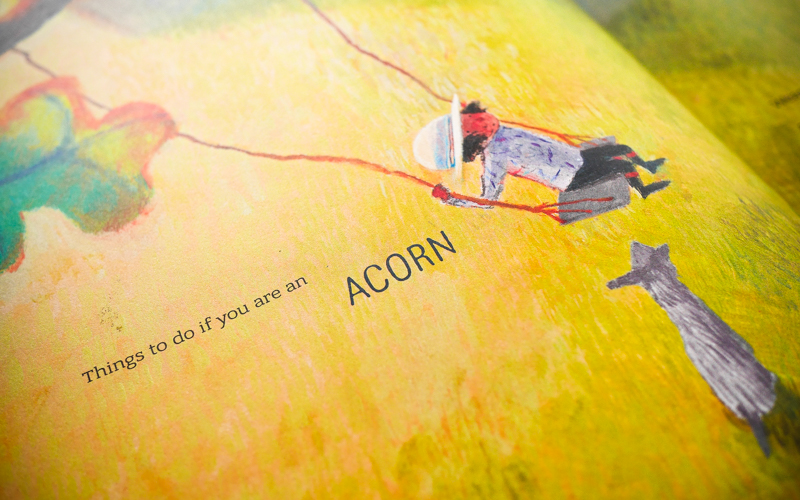
One day, I wondered what it might be like to be a pencil. I jotted down a “pencil” list before I wrote my poem:
- shiny, yellow
- pink eraser on top
- sharp, pointed
- writes stories and poems
- leaves a track on paper
- tip of pencil could be like toes
My THINGS TO DO IF YOU ARE A PENCIL poem:
Be sharp.
Wear a slick yellow suit
and a pink top hat.
Tap your toes on the tabletop,
listen for the right rhythm,
then dance a poem
across the page.
When I was working on my picture poetry book Things to Do, I tried to select verbs that best described the actions of the things that I was writing poems about. For example, in my RAIN poem, I wanted my verbs to help readers hear sounds that rain makes and to help them envision things that rain does: polka dot, freckle, whoosh, gurgle, patter, tap dance. Using strong verbs helps to make our writing come alive for the reader.
THINGS TO DO IN THE CLASSROOM
 Here are suggestions for some language arts discussion and creative writing activities that you can do with your students in the classroom using my book Things to Do:
Here are suggestions for some language arts discussion and creative writing activities that you can do with your students in the classroom using my book Things to Do:
PRE-READING ACTIVITY
Instruct students to pretend they are something other than themselves: a wild animal (like a lion, dolphin, spider or honeybee), a force of nature (like the wind, rain or snow) or an object in space (like the sun or moon). Ask each child to make a list of the things they would do as their chosen animal, force of nature or object in space. Direct the students to share their lists with the class.
WHILE READING: TEXT-BASED QUESTIONS AND ACTIVITIES
Ask children to think about how different animals move about and the kinds of things that they do. Elicit responses from them. For example, in Things to Do, I wrote that a honeybee should FLIT among flowers and SIP nectar for hours, a snail should SLIDE along a trail of slime, an orb-spider should WEAVE a web and then WATCH and WAIT. Explain to students that FLIT, SIP, SLIDE, WEAVE, WATCH and WAIT are all verbs or action words.
Read Things to do if you are CRICKETS and tell students to listen for and name the verbs that tell the things that crickets should do (TUNE, BID, RUB, SING). List their responses on chart paper. Next, reread the poems about dawn, an acorn and rain. Instruct students to pick out the verbs that name the things that dawn should do. Then repeat the exercise for acorn and for rain. Add their answers to the list of verbs on the chart paper.
AFTER READING: BRAINSTORMING AND CREATIVE WRITING
After completing Things to Do, reread the poems about the honeybee, snail, orb-spider and crickets. Ask students to name the things those animals should do. Have students go back to the lists they brainstormed during the pre-reading activity and instruct them to add even more powerful, vivid verbs to their lists.
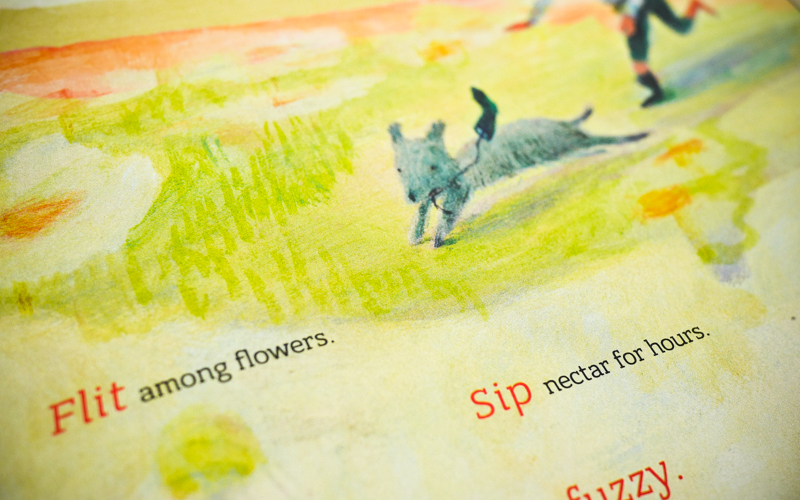
Provide students with some examples:
- Snake: SLITHER, SLINK, SLIP, SLIDE along the ground or through the grass; HISS; STICK OUT its tongue to catch the scent of prey
- Gray Squirrel: SCAMPER, SCURRY, SKITTER up a tree trunk; SEARCH for acorns; BUILD a nest in the top of a tree.
When students have finished their lists, ask them to share what they wrote with the class. Then, ask them to choose an animal to write a “things to do” collaborative class poem about. Once an animal is decided upon, have the class brainstorm the things it should do and list them on a “Poem Ideas Sheet” (a piece of chart paper). Elicit responses from students by asking questions, such as:
What kinds of things do you think the animal should do during the course of a day/night?
How do you think the animal moves about?
On the Poem Ideas Sheet, list all of the children’s responses. Read through them with students. Ask children if they want to add anything. On a separate piece of chart paper, lead the children in writing a collaborative class poem. Tell them to look at the Poem Ideas Sheet and ask what might be the best way to begin their class poem. NOTE: Tell them that the poem DOES NOT have to rhyme. When the class is finished writing their collaborative poem, read through it with them. Ask if there are any changes or additions they would like to make.
See More Picture Poetry Books for the Classroom >>
The next day, reread the collaborative class poem with your students. Then tell students to choose an animal to write their own “things to do” poem about. Have students return to their seats to compose their poems.
When students finish the final drafts of their poems, have them read them aloud in class.
Variations
Ask for volunteers to read the sky and rain poems to the class. Begin a class discussion about what the author thinks the sky and rain should do. Have students brainstorm about the things the wind might do, and record their ideas on a Poem Ideas Sheet. Next, lead the class in writing a collaborative poem about the wind, or ask students to return to their desks and write their own Things to Do if you are the WIND poems. When children are finished writing, have them share their poems with the class.
Extensions
- Print the collaborative class wind or animal poem on a piece of paper and make photocopies of it. Have children illustrate their copies of the poem. Let children take their copies of the poem home to share with their parents.
- Photocopy your students’ individual “things to do” wind poems or animal poems. Then staple or bind them into a packet for the children to take home and share with their parents.


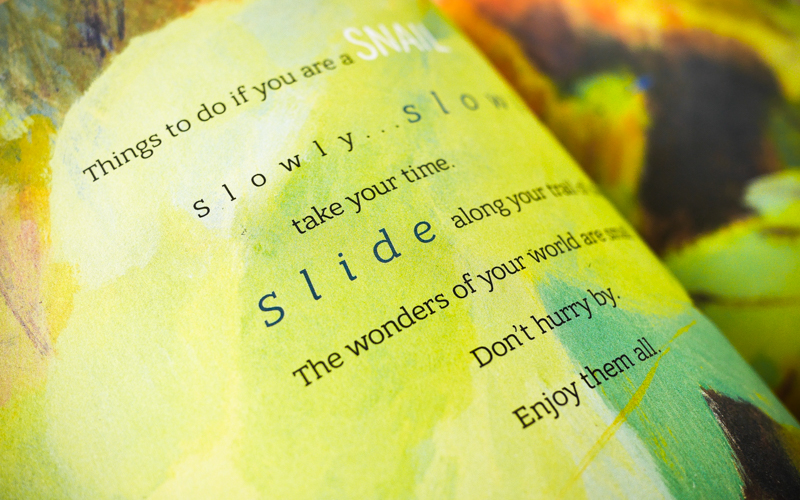
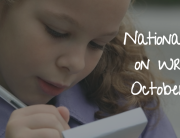
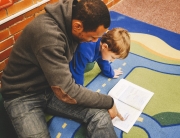
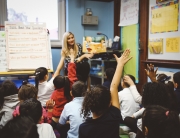
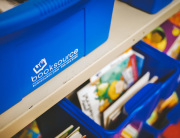
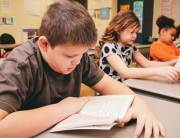
Leave A Comment